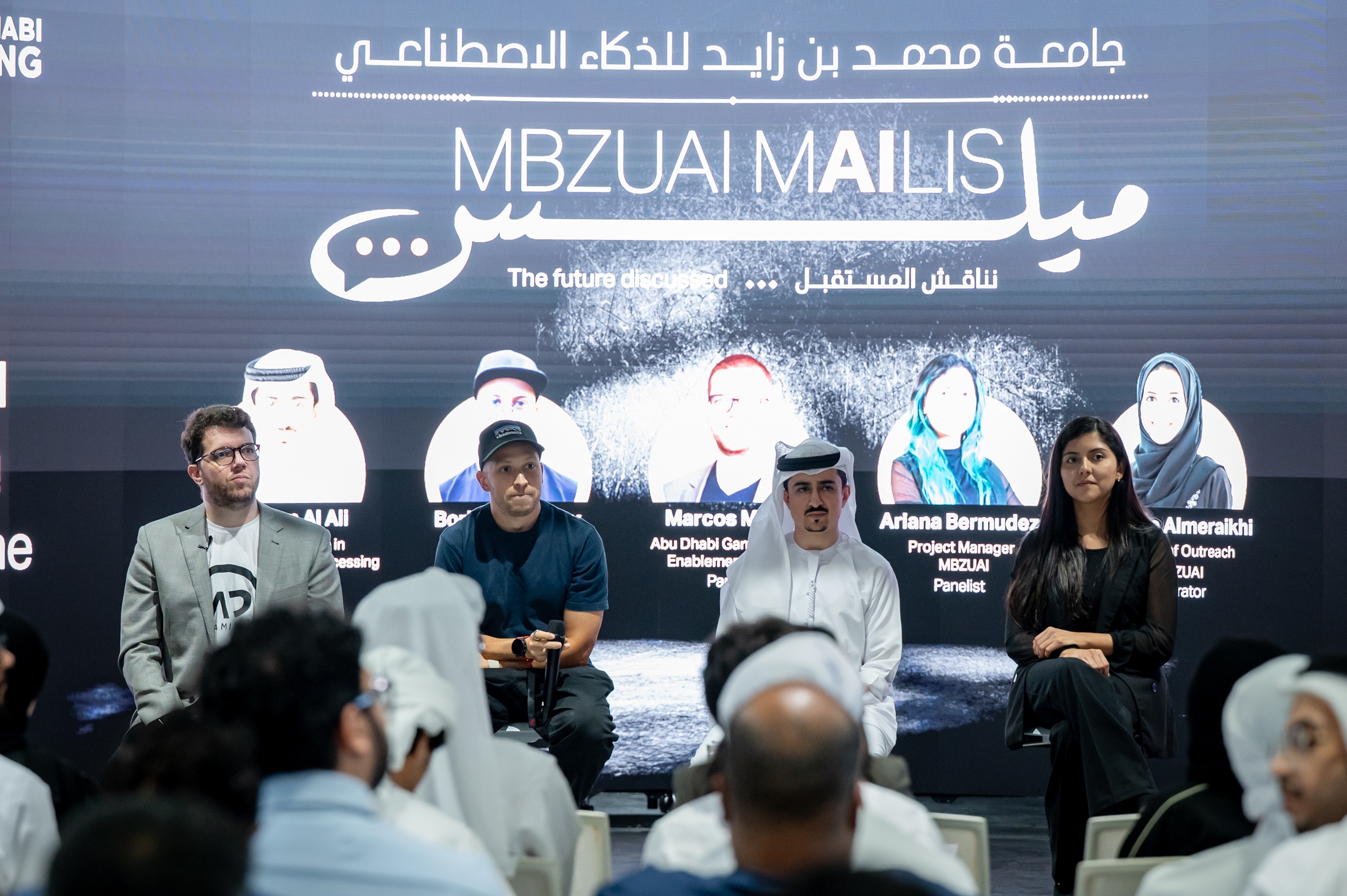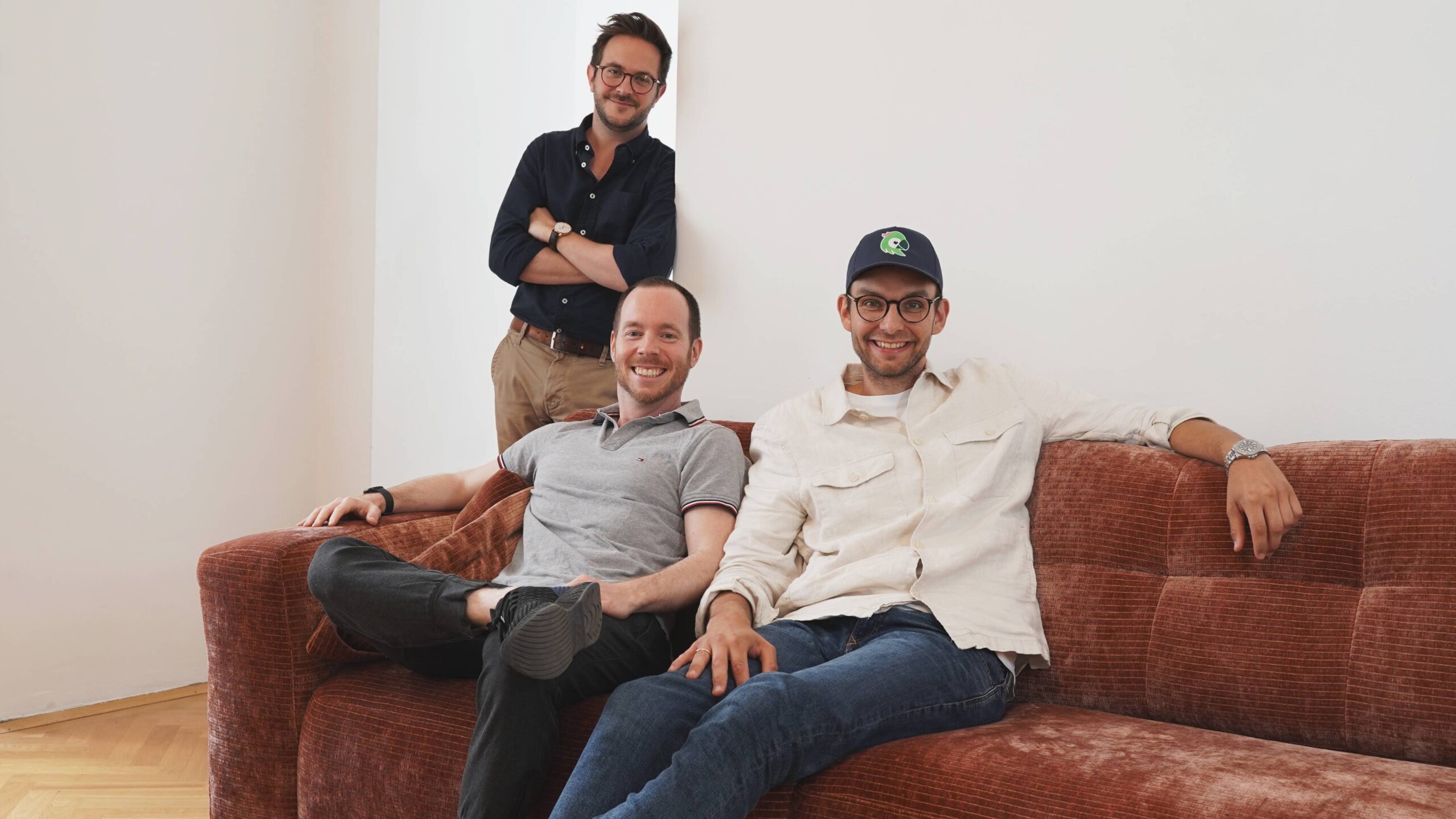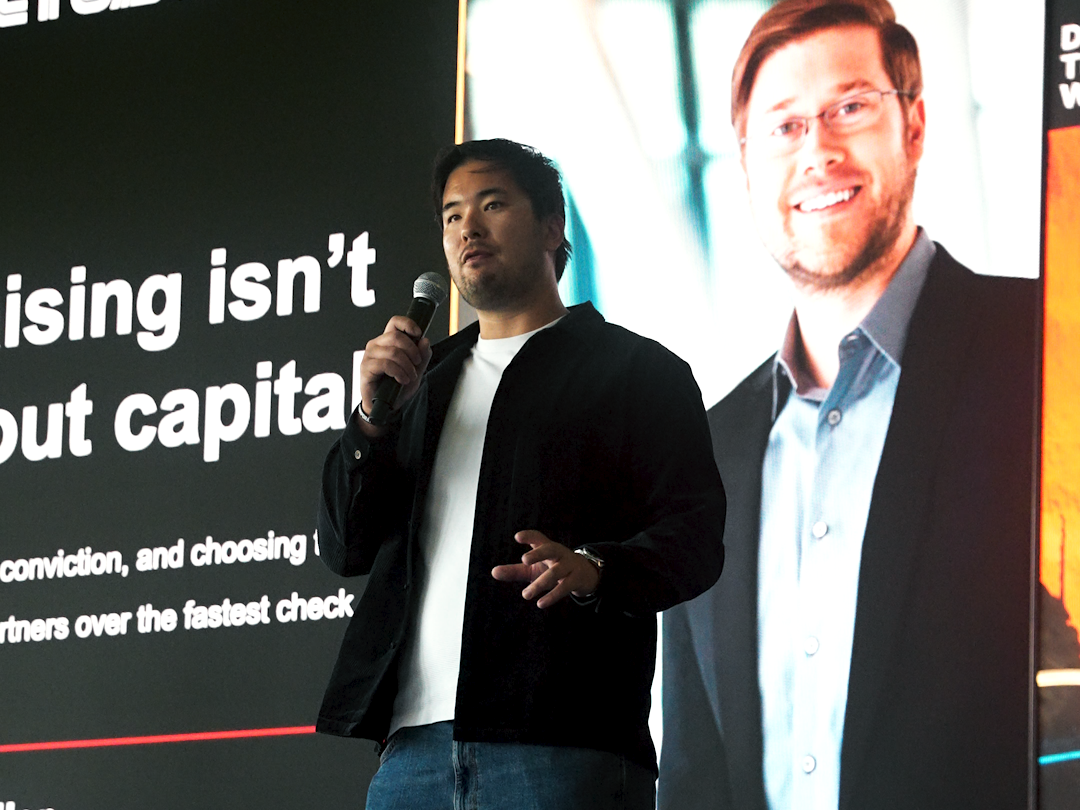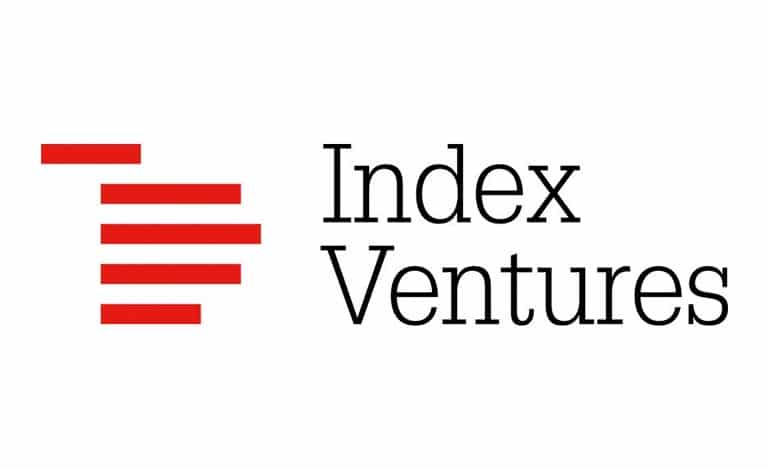Help AG Warns of Rising AI Cyber Threats

Help AG, the cybersecurity arm of e& enterprise and the region’s leading Managed Security Services Provider (MSSP), unveiled its highly anticipated State of the Market Report 2025 on Day 1 of GISEC Global (6–8 May; Dubai World Trade Centre). The Help AG report explores how AI-driven attacks, data-centric threats and quantum-readiness are reshaping enterprise and government security strategies across the GCC.
Distributed Denial-of-Service (DDoS) cyberattacks in the UAE surged from 38,797 in 2019 to 373,429 in 2024 — a staggering 862.45% increase, as observed by Help AG. The report reveals a sharp escalation not only in volume but also in sophistication, with attacks becoming more targeted and persistent. In one instance, a single DDoS attack lasted over 35 days in 2024. While volumetric attacks were fewer, the strategic focus on government and critical infrastructure is raising significant concern within the cybersecurity community.
Offering deep intelligence into the most pressing cyber trends across the UAE and Saudi Arabia, the State of the Market Report 2025 was unveiled at an exclusive media roundtable at GISEC Global.
Speaking at the sidelines of the launch, Stephan Berner, Chief Executive Officer of Help AG, stated:
“We are witnessing a shift from cybersecurity to cyber autonomy, where systems don’t just defend — they decide. In a region driving the world’s most ambitious digital projects, automation alone is no longer enough. Autonomy, built on trust, intelligence and sovereign infrastructure, is the new frontier.”
Nicolai Solling, Chief Technology Officer of Help AG, added: “Resilience in cybersecurity now means protecting the technologies shaping our future — AI, quantum computing and the expanding digital ecosystem. At Help AG, we enable organisations to remain not only secure but agile in the face of rapid innovation and growing complexity.”
KEY INSIGHTS — GCC
Escalating Threats from AI and Data Breaches
Help AG’s report highlights the rise of GenAI-powered phishing and impersonation attacks that are faster, stealthier and harder to detect. Phishing remains the top threat vector, initiating 90% of incidents in 2024, while credential-based breaches were involved in nearly 45% of reported cases.
Ransomware has continued to evolve, with 66% of organisations in the GCC impacted, many facing ‘double extortion’ tactics. The consequences are not merely operational, as 36% of companies that suffered breaches reported fallout at board or C-suite level.
Data Exfiltration Increases
The Help AG report highlights the concerning rise of data exfiltration attacks, which are becoming more sophisticated, using stealthy tools such as collaboration apps and cloud storage to siphon information undetected. Attackers are quietly stealing data, making breaches harder to trace and far more damaging. This shift demands advanced monitoring and tighter controls on outbound traffic and third-party integrations.
Quantum Risk on the Horizon
Help AG is urging enterprises and government bodies to proactively adopt post-quantum cryptography, safeguarding long-life data assets against growing vulnerabilities. With a year-on-year spike of 236% in Security-as-a-Service adoption, rising cloud misconfigurations, and evolving Operational Technology/Internet of Things (IoT) threats, the report outlines a roadmap of priority investments.
TOP PRIORITIES FOR 2025
Securing AI Ecosystems and Critical Data: With GenAI-driven threats escalating, organisations must secure their AI models, Application Programming Interfaces (APIs) and sensitive data pipelines. Help AG underscores the urgent need to secure both human and machine users across the AI lifecycle, supported by robust governance, API protection and Software-as-a-Service (SaaS) observability.
Identity & Access Management (IAM): Strengthening IAM with adaptive authentication, behavioural monitoring and advanced access controls is now essential for defending critical assets.
Cloud Security Posture Management (CSPM): Cloud misconfigurations and human error remain among the leading causes of breaches. Robust CSPM strategies enable organisations to proactively identify, prioritise and remediate risks across multi-cloud environments, supporting secure, compliant growth.
AI-Powered Detection and Response (UEBA/NDR): As cyberattacks grow more sophisticated, AI-driven solutions such as User and Entity Behaviour Analytics (UEBA) and Network Detection and Response (NDR) are critical for real-time threat detection, insider risk management and adaptive incident response.
Quantum-Readiness Assessment and Strategy Development: Although quantum computing threats are still emerging, Help AG stresses the need for immediate action. Organisations must assess their crypto-inventories, prioritise migration planning and integrate post-quantum security into long-term strategies to protect high-value assets.
Cybersecurity Consolidation and Platformisation: With complexity itself becoming a major risk, organisations are accelerating cybersecurity consolidation — favouring unified platforms that integrate detection, response, threat intelligence and compliance. Help AG’s report highlights a decisive shift towards multi-year OPEX-driven models and managed security services, aligning investments to business outcomes.
Building Cyber Resilience by Design: In today’s climate, cyber resilience defines competitive advantage. Help AG advocates investment in integrated backup, recovery, Digital Forensics and Incident Response (DFIR) capabilities, and managed cyber defence services — ensuring organisations can contain, recover and thrive after incidents, not merely prevent them.








